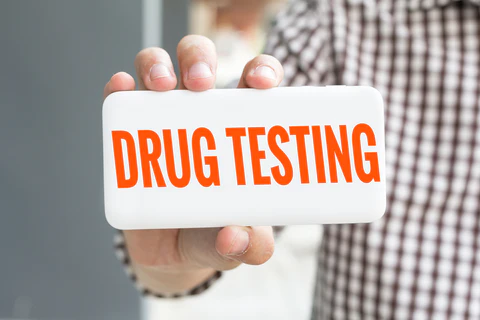Best Practices for Implementing Random Drug Testing
Implementing a random drug testing program in the workplace is critical for many organizations aiming to maintain a safe and productive environment. This practice helps deter substance abuse and promotes a culture of accountability and health among employees. Here are some best practices to consider when establishing a drug testing program.
Develop a Comprehensive Drug Testing Policy
A well-defined drug testing policy is the foundation of your drug testing program. This document should clearly outline the testing objectives, the substances being screened for, and the procedures involved.
It should also specify the consequences of failing a test or refusing participation. By clarifying, you can help employees understand the policy’s importance and reduce potential anxiety surrounding the testing process.
- Understanding Random Drug Testing
Random drug testing involves selecting employees at random to undergo drug screening, ensuring that every employee has an equal chance of being tested. This method is often perceived as a fair approach to monitoring substance use, as it minimizes bias and helps create a drug-free workplace. However, it is essential to implement the program thoughtfully and comply with legal regulations to be effective.
Key Elements of a Drug Testing Policy:
- Objectives: Explain why drug testing is necessary for your organization.
- Procedures: Detail how tests will be conducted, including notification processes and specimen collection methods.
- Consequences: Clearly state what happens if an employee tests positive or refuses to take a test.
- Ensure Compliance with Legal Regulations
Before implementing drug tests, it is crucial to understand and comply with all relevant federal, state, and local laws. Different industries may have specific regulations, particularly those governed by the Department of Transportation (DOT). Familiarizing yourself with these requirements will help avoid legal pitfalls and ensure that your program is fair and effective.
Important Legal Considerations:
- Review applicable laws in your state regarding employee rights and privacy.
- Ensure that your policy aligns with the Fair Credit Reporting Act (FCRA) if applicable.
- Consult legal counsel or HR professionals to verify compliance.
- Communicate Effectively with Employees
Open communication is vital when introducing a drug testing program. Employees should be informed about the new policy well in advance, including its purpose and procedures. Providing written consent forms also helps employees understand their rights and responsibilities regarding drug testing.
Strategies for Effective Communication:
- Hold informational meetings to discuss the policy.
- Provide written materials outlining the details of the program.
- Encourage questions and feedback from employees to foster an open dialogue.
- Use Reliable Random Selection Methods
To maintain fairness in your random drug tests, utilize reliable employee selection methods. Many organizations use computer-generated random number systems that ensure each employee has an equal chance of being tested. This approach not only enhances transparency but also builds trust among employees regarding the integrity of the process.
Best Practices for Random Selection:
- Use certified software or services designed for random selection.
- Document the selection process to ensure accountability.
- Regularly review selection methods to maintain their effectiveness.
- Minimize the Testing Window
Once employees are notified of their selection for drug testing, minimizing the time between notification and testing is essential. A shorter window reduces opportunities for tampering with results or preparing for the test. Employees should complete their tests within one to three hours of notification.
- Partner with Reputable Testing Providers
Choosing a reliable drug testing provider is critical for ensuring accurate results and regulation compliance. A reputable provider will adhere to strict quality control measures and provide timely results reporting.
Factors to Consider When Selecting a Provider:
- Certification and accreditation status.
- Experience in handling both DOT and non-DOT tests.
- Ability to provide comprehensive support throughout the testing process.
- Document Everything Thoroughly
Maintaining thorough documentation throughout the drug testing process is essential for protecting your organization legally and operationally. Keep detailed records of every aspect of the program, from employee notifications to test results and follow-up actions after positive tests.
Building a Safer Workplace Together
Implementing a successful random drug test requires careful planning, clear communication, and strict adherence to legal standards. Businesses can foster a safer work environment while supporting their employees’ health and well-being by developing a comprehensive policy.

